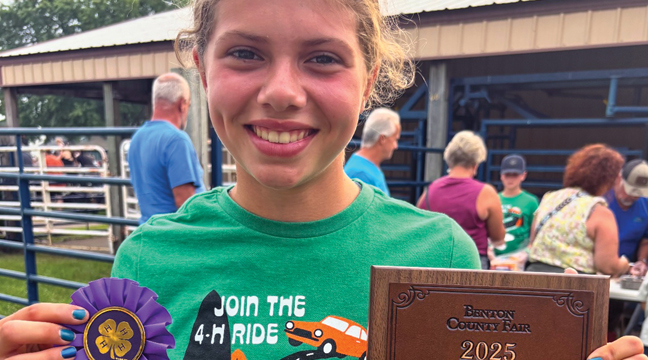It was just before the pandemic that I last went to see one of the most amazing natural spectacles on the face of the earth—the annual migration of the Sandhill Cranes (Antigone canadensis) in south central Nebraska. For the past 30 plus years, I have led a trip to see the crane migration each spring. It was a trip I looked forward to every year. It was like going to visit an old friend each spring.
This year I had an incredible group of 10 that were so fun and just as excited to see the cranes as I was. The dynamics of a group can make or break a trip and this group was perfect. It’s not easy getting up at four a.m. to go out in the cold and dark, so having an energetic group is always a good thing.
We made our way to south central Nebraska where hundreds of thousands of Sandhill Cranes gather on their northward, spring-time migration. A stretch of just 80 miles along the Platte River hosts upwards of a half a million cranes each spring.
Upon our arrival, we had gray skies and high winds, but the agricultural fields near the Platte River had many flocks of Sandhill Cranes. The Platte River is a large river in southern Nebraska that runs over 300 miles long before it terminates into the Missouri River. The Platte is a very shallow, meandering river with a sandy bottom and most importantly hundreds of small islands or sandbars which are perfect for the cranes to roost overnight.
When my alarm went off at 3:45 a.m. I wasn’t happy about getting out of bed but when I did, I looked out the window and all I could see was snow blowing horizontally. Not a good start.
After breakfast we ventured out into the snow-covered landscape to see how the cranes were doing and also what other birds we could see. Temperatures were just above freezing so the snow started to melt. We made our way over to the river at sunset to watch the cranes flying in from the surrounding areas to roost in the river.
For thousands of years, these Sandhill Cranes have been visiting the Platte River on their migration northward. There are no cranes that nest in Nebraska, they are just passing through. The Sandhill Cranes are some of the oldest birds in North America. Fossils of Sandhills dating back 2.5 million years are common and one crane fossil (similar species of crane) found in Nebraska is estimated to be about 10 million years. Either way you cut it; the cranes have been around a long, long time.
The next morning my alarm went off again at 3:45 a.m. and this time when I looked out the window the sky was clear, and the wind had died down and was calm. From all my years of coming to see the crane migration, I knew it was going to be a great morning. We packed up and drove over to the blinds we had reserved. After a 15-minute walk in the dark down a gravel pathway we entered the wooden structure (blind) on the banks of the Platte River. Even though it was so dark we couldn’t see anything, we could definitely hear thousands of cranes right out in front of us.
Slowly as the sun rose in the eastern sky, it gave us enough light to see that approximately 10,000 plus cranes were standing in the shallow water of the Platte River right in front of us. The brighter it became the louder the cranes became. Soon, groups of cranes (family units) started taking off from the river heading out for the day to find food. Hundreds of cranes were flying at the same time. Often the entire flock takes off all at the same time in a thunderous and chaotic blast off.
But not this morning. It seemed they were going to fly off the river in a slow but steady pattern.
Over the next couple hours, the cranes slowly pealed off from the roosting flock and headed out to feed. With thousands of cranes still in the river our group was getting cold and hungry, so we left the blind and headed back. We had just experienced one of the most amazing and spectacular wildlife events in North America. It was so good to be back visiting my old friends the Sandhill Cranes. Until next time…
Stan Tekiela is an author / naturalist and wildlife photographer who travels the U.S. to study and capture images of wildlife. He can be followed at www.Instagram.com, www.Facebook.com and www.Twitter.com. He can be contacted via his web page at www.NatureSmart.com.







